45 salt on food labels
Food Labels | Nutrition.gov WebFood and Drug Administration (FDA) regulates the safety of food for humans and animals, including foods produced from genetically engineered (GE) plants, sometimes referred to as "genetically modified organisms" (GMOs). Find out more about the safety of GE plants, and how they are regulated here. › managing › eat-wellFood Labels | CDC - Centers for Disease Control and Prevention Sep 20, 2022 · Understanding the Nutrition Facts label on food items can help you make healthier choices. The label breaks down the amount of calories, carbs, fat, fiber, protein, and vitamins per serving of the food, making it easier to compare the nutrition of similar products. Be sure to look at different ...
› business-guidance › allergen-labellingAllergen labelling for food manufacturers The language on the labelling should be easily understood by the people of the country where the food is marketed. For food products sold in the UK, the information must be in English. Multi-packs. Where products are sold in multi-packs, allergens must be displayed on the outer packaging.

Salt on food labels
how to understand food labels - Eat For Health WebSodium (Salt) Choose lower sodium options among similar foods. Food with less than 400mg per 100g are good, and less than 120mg per 100g is best. Ingredients Listed from greatest to smallest by weight. Use this to check the first three ingredients for items high in saturated fat, sodium (salt) or added sugar. Other names for ingredients high in Understanding Food Labels - The Nutrition Source WebChile implemented the Law of Food Labeling and Advertising in 2016, comprised of mandatory front-of-package (FOP) warning labels, restrictions on child-directed marketing, and the banning of sales in schools of all foods and beverages containing added sugars, sodium, or saturated fats that exceeded set nutrient or calorie thresholds. [1] 10 tricks to reduce salt (sodium) in your diet - Harvard Health Web20.07.2018 · The average adult eats about 3,400 milligrams (mg) of sodium per day — far more than the recommended daily goal of 2,300 mg. Here are the top 10 types of food that account for more than 40% of the sodium we eat each day, along with some ideas for simple swaps to help you eat less salt.. 1.
Salt on food labels. How to read food labels | healthdirect WebSugar: Sugar is a type of carbohydrate. It is better to choose healthier carbohydrates and to limit foods that are high in added sugars. Fibre: High fibre foods such as wholegrain bread and cereals improve digestion and help you to feel full. Sodium: This tells you how much salt the product contains. Eating too much salt is linked to high blood pressure and can lead … › food-labelsFood Labels | Nutrition.gov Food and Drug Administration (FDA) regulates the safety of food for humans and animals, including foods produced from genetically engineered (GE) plants, sometimes referred to as "genetically modified organisms" (GMOs). Find out more about the safety of GE plants, and how they are regulated here. › sites › defaulthow to understand food labels - Eat For Health Sodium (Salt) Choose lower sodium options among similar foods. Food with less than 400mg per 100g are good, and less than 120mg per 100g is best. Ingredients Listed from greatest to smallest by weight. Use this to check the first three ingredients for items high in saturated fat, sodium (salt) or added sugar. Other names for ingredients high in Allergen labelling for food manufacturers Web08.09.2022 · Pre-packed food is any food put into packaging before being placed on sale. Food is pre-packed when it: is either fully or partly enclosed by the packaging; cannot be altered without opening or changing the packaging; is ready for sale 14 allergens. If your product contains any of the main 14 allergens as an ingredient or processing aid, it must …
Food Labels | CDC - Centers for Disease Control and Prevention Web23.04.2021 · Food Labels. Español (Spanish) Related Pages. Understanding the Nutrition Facts label on food items can help you make healthier choices. The label breaks down the amount of calories, carbs, fat, fiber, protein, and vitamins per serving of the food, making it easier to compare the nutrition of similar products. Be sure to look at different brands of … › nutritionsource › food-labelUnderstanding Food Labels | The Nutrition Source | Harvard T ... Chile implemented the Law of Food Labeling and Advertising in 2016, comprised of mandatory front-of-package (FOP) warning labels, restrictions on child-directed marketing, and the banning of sales in schools of all foods and beverages containing added sugars, sodium, or saturated fats that exceeded set nutrient or calorie thresholds. [1] › how-to-read-food-labelsHow to read food labels | healthdirect Energy: A kilojoule is a measure of energy. To lose weight, you need to eat and drink fewer kilojoules (kJ) than you use. You should limit your intake of discretionary or junk foods — i.e. those that have more than 600kJ per serve. Amazon.com : Morton Kosher Salt, Coarse, 48 Ounce : Grocery & Gourmet Food WebMorton Salt Kosher Salt, Coarse, Food Service, 48 Ounce, Packaging May Vary . 4.7 out of 5 stars 1,680. 19 offers from $3.98. Diamond Crystal Kosher Salt – Full Flavor, No Additives and Less Sodium - Pure and Natural Since 1886 - 3 Pound Box. 4.8 out of 5 stars 14,285 #1 Best Seller in Kosher Salts. 12 offers from $11.24. Morton Coarse Kosher Salt …
› food › nutritionIs Sodium the Same Thing as Salt? - Academy of Nutrition and ... Aug 08, 2019 · Look for the words salt-free, sodium-free, very low sodium and low sodium on the label. Double-check sodium content of foods with labels that read unsalted, no salt added, reduced sodium or lower sodium. These items may still be high in sodium. Have you noticed any changes to the Nutrition Facts labels? Is Sodium the Same Thing as Salt? - Academy of Nutrition and … Web08.08.2019 · This includes both fast food chains and fine dining options. Before you go out to eat, check to see if the restaurant has nutrition information posted on their website. Or, at the restaurant, ask your server about lower salt options. Plus, ask for sauces and salad dressings on the side. That way you can use less of those high salt items. REDMOND Real Sea Salt - amazon.com WebWe recommend that you do not rely solely on the information presented and that you always read labels, warnings, and directions before using or consuming a product. Please see our full disclaimer below. Statements regarding dietary supplements have not been evaluated by the FDA and are not intended to diagnose, treat, cure, or prevent any disease or health … 10 tricks to reduce salt (sodium) in your diet - Harvard Health Web20.07.2018 · The average adult eats about 3,400 milligrams (mg) of sodium per day — far more than the recommended daily goal of 2,300 mg. Here are the top 10 types of food that account for more than 40% of the sodium we eat each day, along with some ideas for simple swaps to help you eat less salt.. 1.
Understanding Food Labels - The Nutrition Source WebChile implemented the Law of Food Labeling and Advertising in 2016, comprised of mandatory front-of-package (FOP) warning labels, restrictions on child-directed marketing, and the banning of sales in schools of all foods and beverages containing added sugars, sodium, or saturated fats that exceeded set nutrient or calorie thresholds. [1]
how to understand food labels - Eat For Health WebSodium (Salt) Choose lower sodium options among similar foods. Food with less than 400mg per 100g are good, and less than 120mg per 100g is best. Ingredients Listed from greatest to smallest by weight. Use this to check the first three ingredients for items high in saturated fat, sodium (salt) or added sugar. Other names for ingredients high in
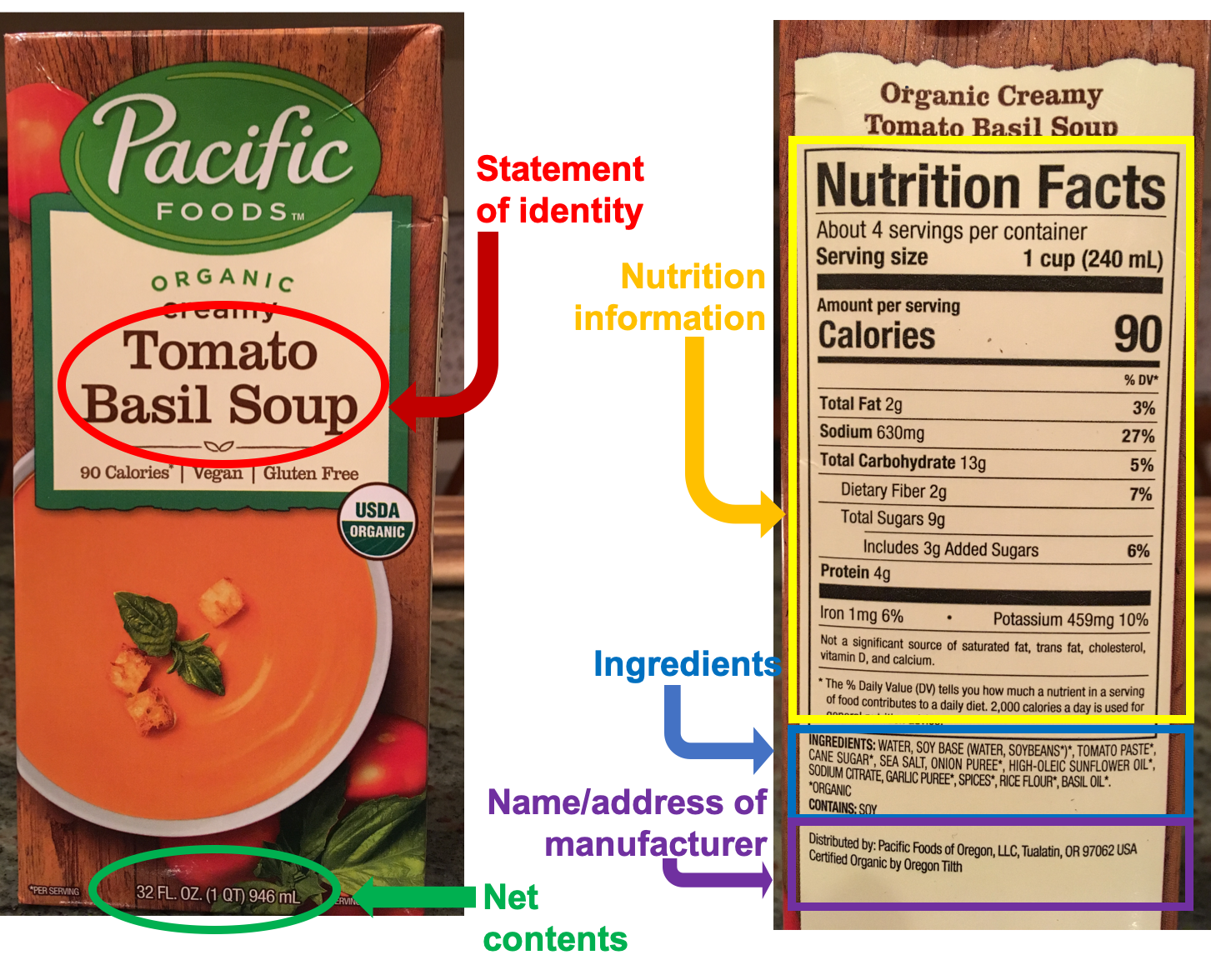


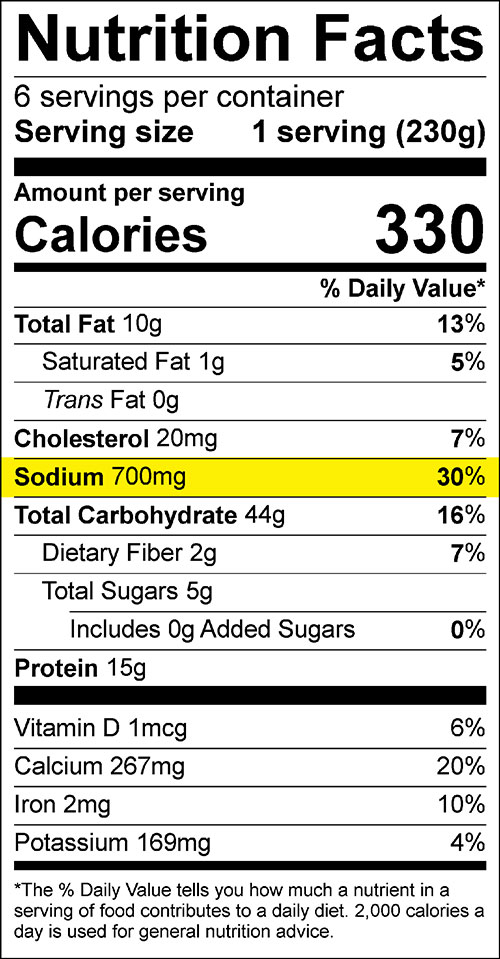
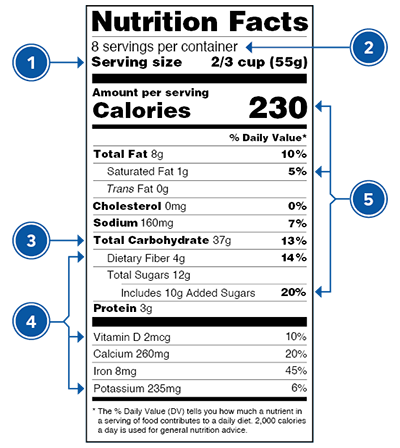

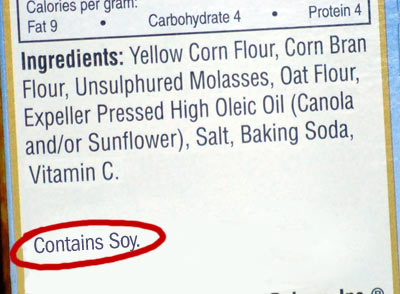

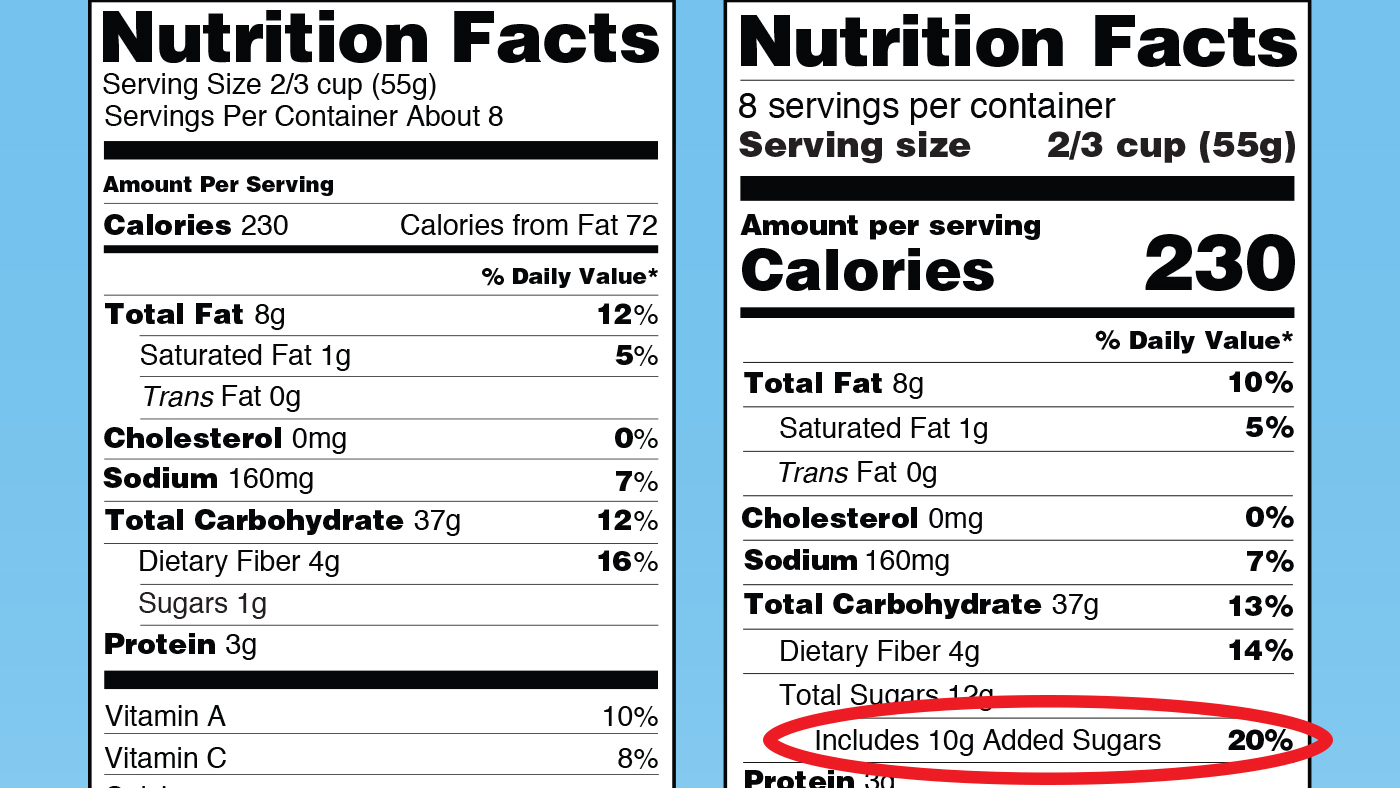


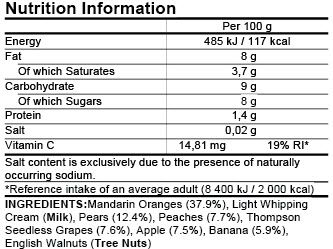



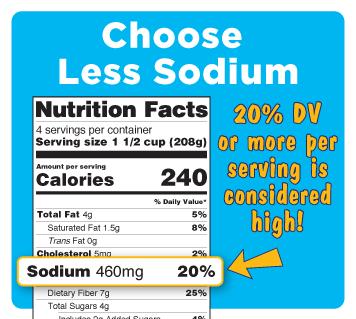
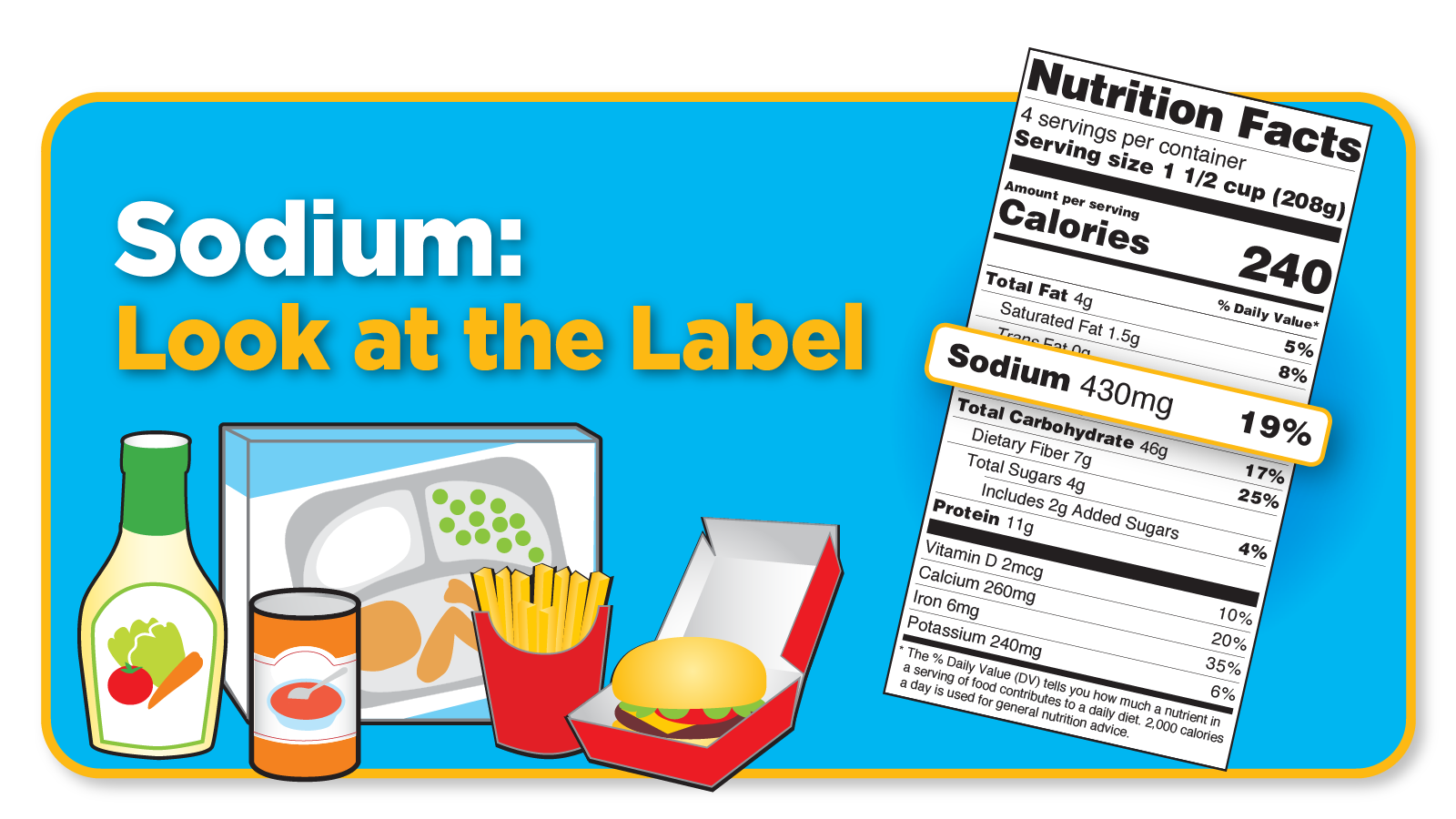


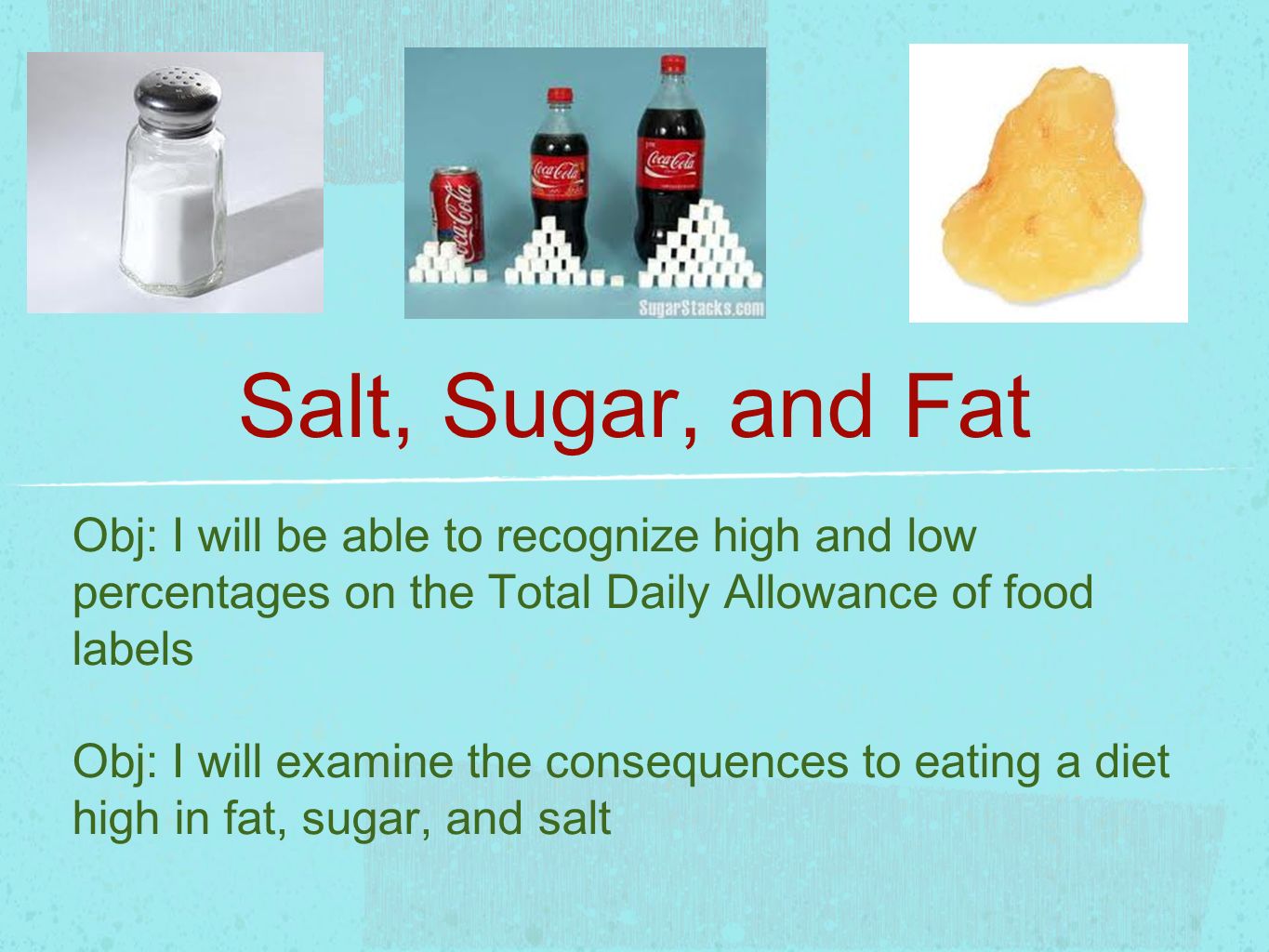


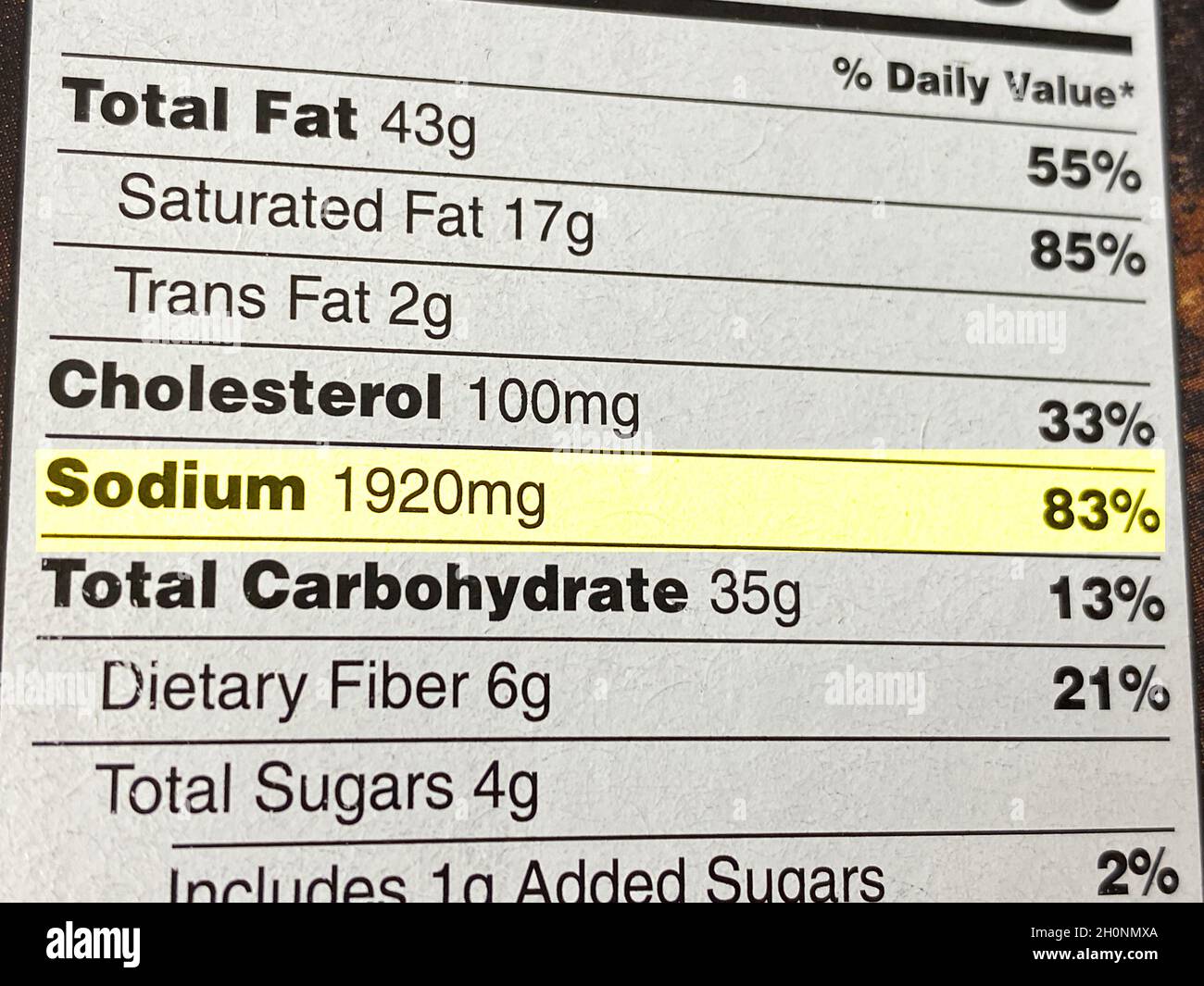


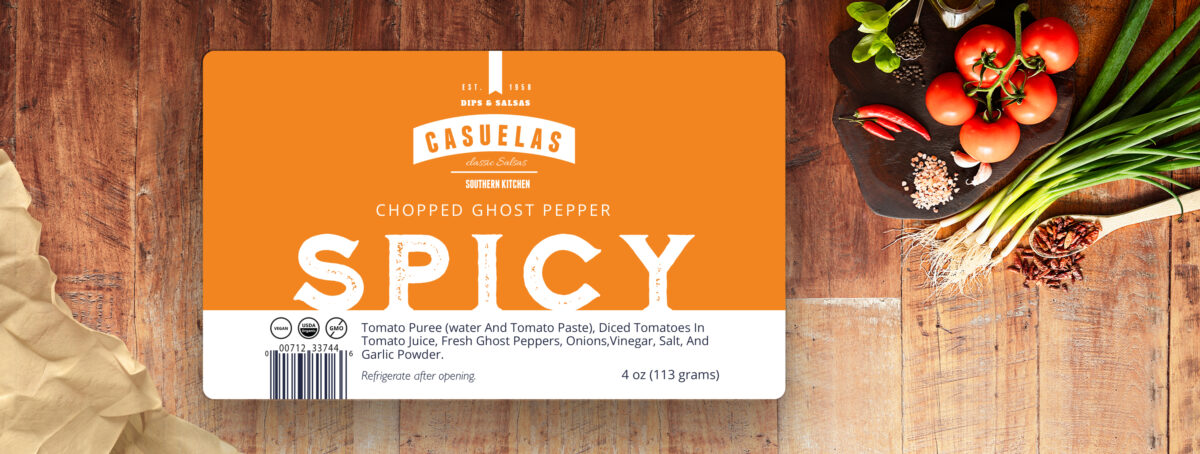
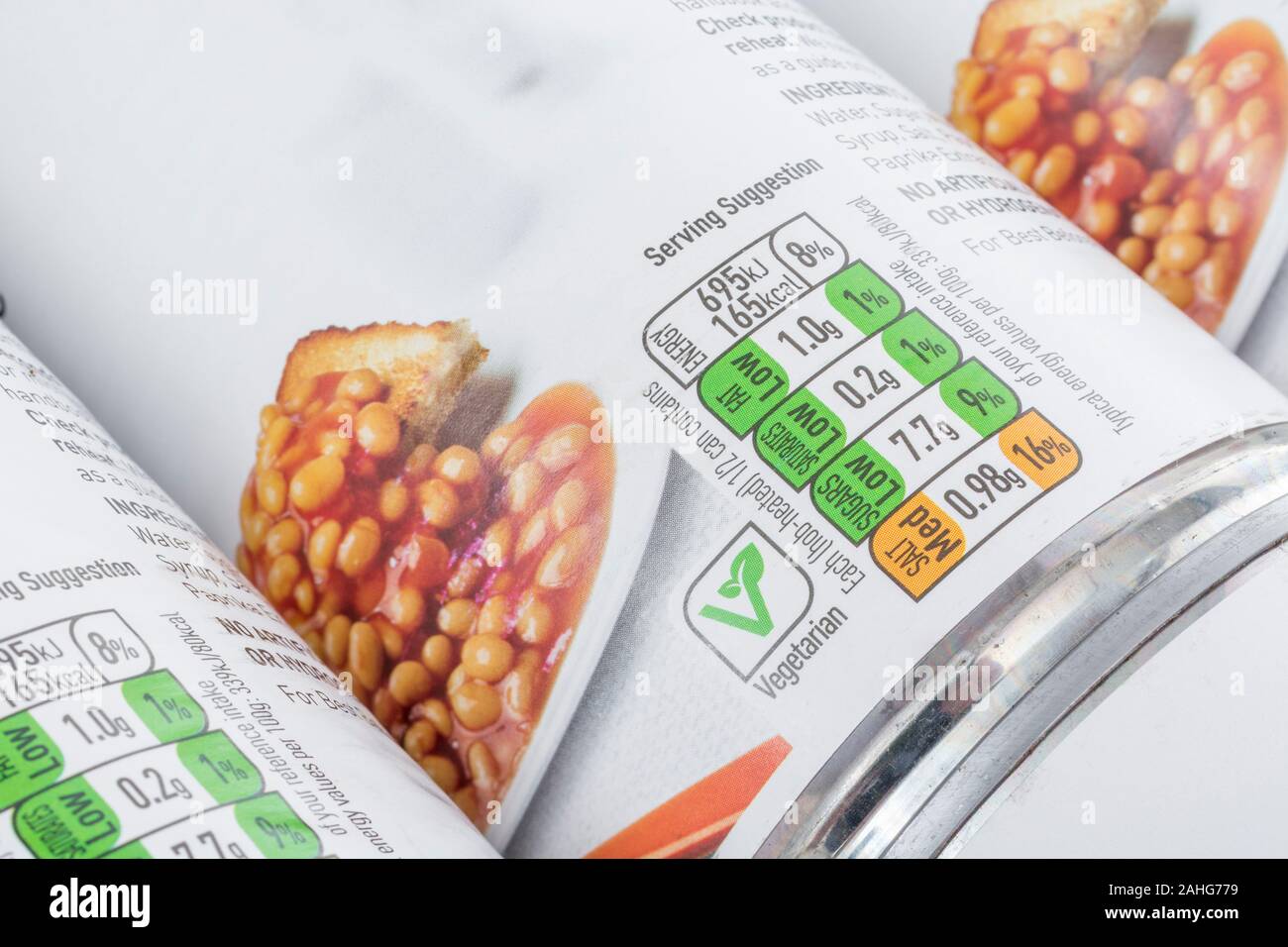

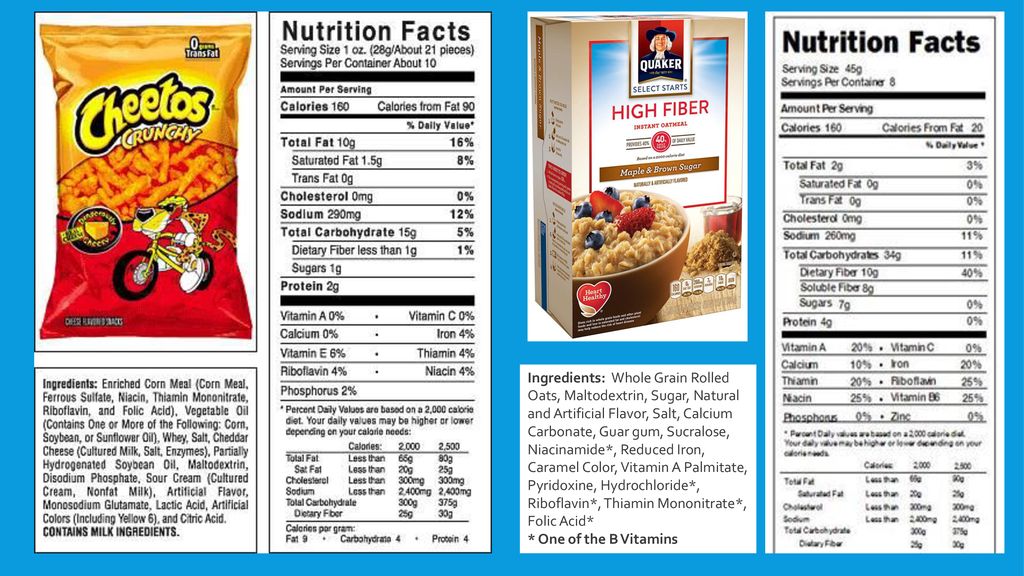
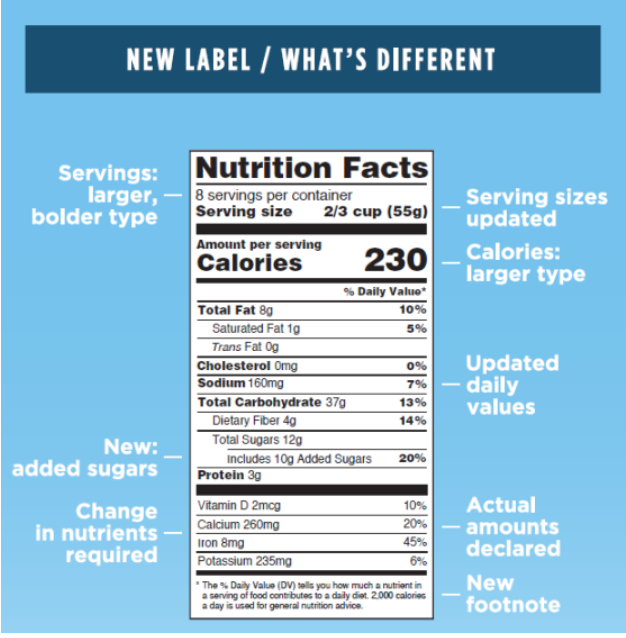





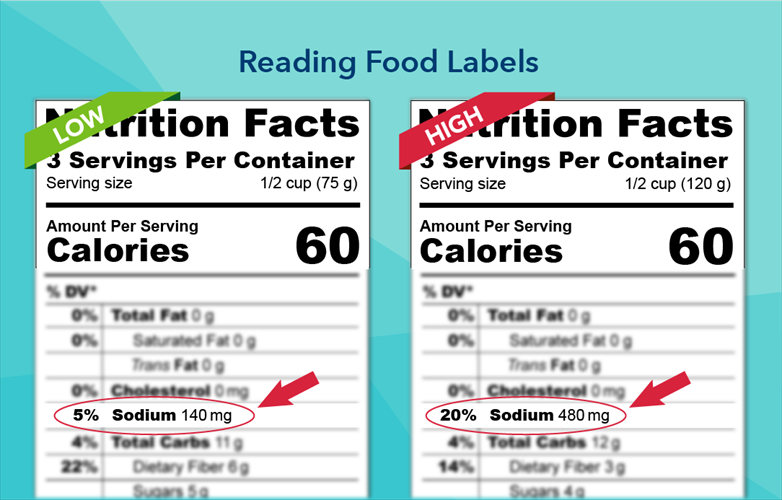
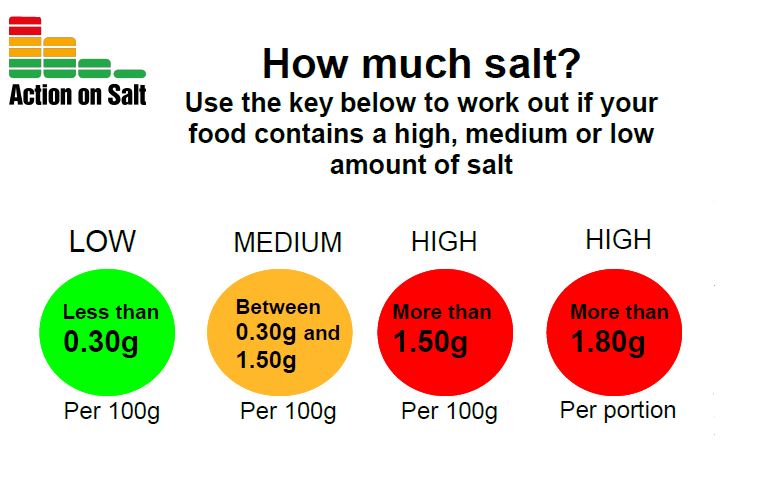


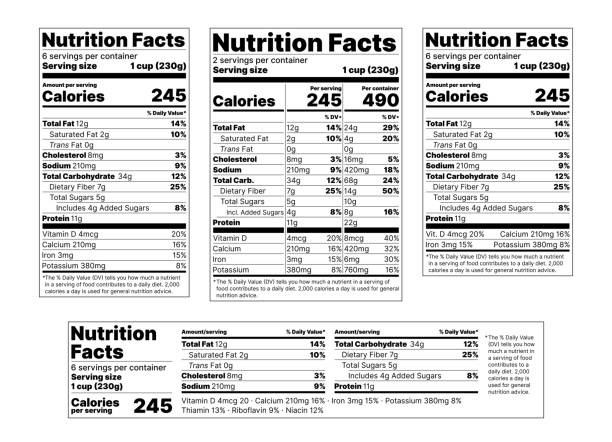
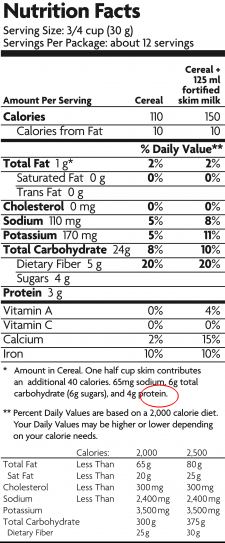

Post a Comment for "45 salt on food labels"